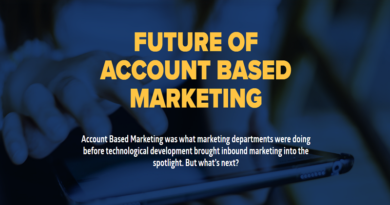ABM for Buying Committees: Aligning Content with Stakeholder Priorities
In account-based marketing (ABM), one of the biggest challenges companies face is addressing the complex dynamics of B2B buying committees. Unlike individual consumer purchases, B2B decisions often involve multiple stakeholders across different roles, departments, and seniority levels. Each participant brings unique priorities, perspectives, and influence into the buying process. This makes it essential for organizations to create tailored ABM strategies that map specific content to the right roles at the right time. The ability to do so not only ensures relevance but also strengthens credibility and accelerates deal progression.
Understanding the composition of a buying committee is a foundational step in ABM for complex sales. A typical committee may include executives focused on long-term strategy, financial officers who prioritize ROI, technical experts concerned with integration and feasibility, and end users who care about usability and efficiency. While all are involved in the same decision, the lens through which they evaluate a solution is very different. A blanket message or one-size-fits-all campaign is likely to miss the mark, leaving some stakeholders unconvinced. Instead, mapping content to roles ensures each voice is addressed with information that directly speaks to their concerns.
For example, executives may respond best to high-level thought leadership pieces, such as whitepapers or ROI-focused case studies that illustrate the broader business impact of a solution. Technical buyers, on the other hand, are more interested in product deep dives, demos, and technical documentation that showcase compatibility and performance. Meanwhile, operational stakeholders and end users are likely to value content that demonstrates ease of use, adoption support, and long-term efficiency. By aligning content types and messaging with these varying needs, ABM campaigns can build trust and consensus within the committee.
The real strength of this approach lies in how it positions the company as a strategic partner rather than a vendor. When every stakeholder sees that their specific challenges have been understood and addressed, resistance decreases, and collaboration becomes easier. This method also helps sales teams identify potential blockers early in the process and equip champions within the organization with the right materials to advocate internally.
In today’s complex B2B environment, ABM is not just about reaching accounts but about orchestrating the right conversations within them. Mapping content to roles in buying committees ensures that no decision-maker is left out, making it more likely that the committee will align in favor of your solution. This tailored, role-based strategy can turn complexity into opportunity, driving stronger engagement and ultimately securing long-term customer relationships.




